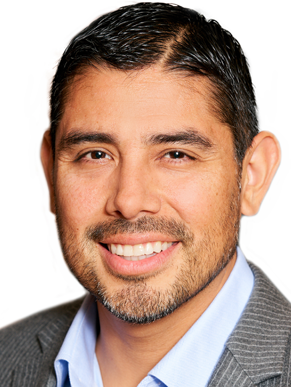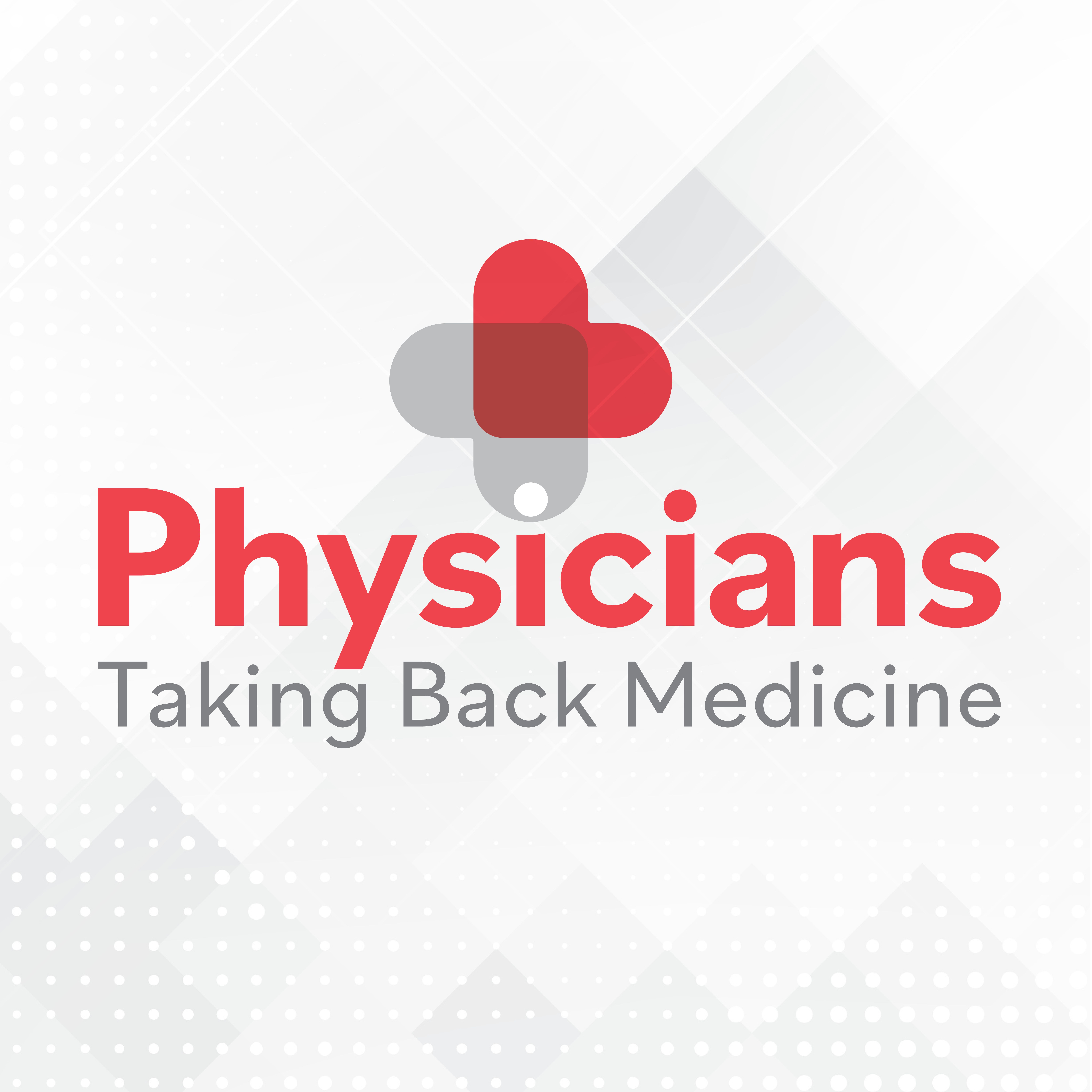Article
Healthier providers, healthier patients: Understanding stress to improve DEI and patient outcomes
Author(s):
The COVID-19 pandemic may fade, but stress is not going away. Here’s a way to assist the workforce.
Edward J. Beltran
Fierce Inc.

Few can better speak to the stress of the global COVID-19 pandemic than the physicians and health care providers tasked with guiding all of us through it. Most of us were quarantined at home, with no idea what a coronavirus was, no idea how severe it would be, and facing a lot of uncertainty. Throughout all of this, medical professionals did not have the same luxury. Already working in a high stress field, men and women around the world continued going into hospitals and doctors’ offices, tirelessly working to keep all of us safe. While far too many lost their lives during the pandemic, the toll would have been horrifically higher had it not been for the sacrifices made throughout by medical professionals.
From the uncertain early days of essential worker appreciation to the exhausting and comparatively thankless end, medical staff kept going. However, after medical professionals took care of the rest of us, it is time to return the favor. Reducing stress and burnout among health care providers, just as essential today as they always have been, is paramount. Not only do they experience higher levels of stress, but the impact stress has on their ability to do their jobs directly impacts all of us.
The chaos caused by the pandemic also coincided with an effort, not just across the United States but around the world, to improve Diversity, Equity, & Inclusion (DEI) efforts. While important in all fields, DEI efforts in the field of medicine take on more importance. As pointed out by the American Association of Medical Colleges (AAMC) in the 2022 report “Diversity, Equity, and Inclusion Competencies Across the Learning Continuum,” improving DEI improves the quality of health care provided and the well-being of health care providers
As pandemic fades, stress remains
While strong DEI initiatives can improve health care outcomes, the greater benefit comes from improving the health and well-being of health care providers. With soaring inflation, lingering supply chain issues, and a tight labor market, budgets are tightening across the board. Too often the ax falls first on DEI programs, leaving any progress made over the past few years at risk. At the same time efforts are decreasing, many are noting the need to improve DEI efforts, as noted in a report published in The American Heart Association journal Circulation: Cardiovascular Quality and Outcomes.
The high stress levels health care providers experience received a lot of attention during the pandemic, but as the pandemic subsided the stress levels have not. Growing cuts to DEI have only exacerbated the impact of discrimination and microaggressions, not just for medical professionals but for patients as well. In order to improve health care outcomes for all patients, we must improve well-being for all providers. While many industries struggle with remote and hybrid work, such options are simply not available to most health care professionals. Instead, providers already overworked do not have the time for the latest repackaged version of the same initiatives.
First, do no harm
A program designed to reduce stress should not create more of it. Rather than requiring employees to attend more meetings or write more reports, stress mitigation should be as easy as possible. Especially in the medical field, with workers surrounded every day by some of the most sophisticated machinery in existence, the answer should have been obvious. By harnessing the potential of wearable technology, and coupling it with the smartphones everyone walks around with all day, health care providers can gain a deeper understanding of their stress without any extra effort.
A day in the life of any medical professional will have many stressors, but not all stress is created equal. Furthermore, we are not always the most trustworthy narrators when it comes to identifying the most harmful stressors we experience, and so even the best-intentioned systems can fail. However, the biometric data wearable technology provides does not lie. By combining GPS and calendar data with the information from smartwatches or other devices, my company designed an app that generates a stress chart, giving individuals an hour-by-hour score. The key of driving self-awareness that results in action of engaging and eliminating the stressors in their lives versus just “managing” stress.
With the data right in front of them, health care providers will be starting from a better place than they were with past stress-reduction efforts. Much like their employees, the managers and supervisors too often tasked with implementing such programs already have too little time and too much stress. The Pulse app uses data to make tackling stress a bottom-up, collaborative approach, giving each individual the ability to deepen their understanding of their own stressors. The app itself provides advice for handling stressors that inevitably involve conversation, with oneself and with others. We also provide personalized coaching sessions for mitigating the stressors revealed through the app data. This has proven so effective that some businesses have hired their own coaches and asked us to train them in how to use the data to help employees understand and mitigate stress.
Better awareness, better for all
What is even more incredible is aggregate resilience scores that allow employers to see changes in their key demographics and be proactive versus reactive.Aggregate data can show stress levels among different departments or locations, between remote or in-office workers, and by demographic data to understand the impact of any DEI or wellness efforts. Pulse has driven up to 40% drops in stress two weeks from one coaching intervention. Increasing understanding of stress is essential to any program hoping to improve employee health and well-being while driving positive organizational outcomes and impacts to the bottom line.
The benefits are often not fully understood, even by those seeking to implement DEI initiatives and wellness programs. The increased well-being of individuals helps them, but also improves team cohesiveness by reducing burnout. Additionally, as noted in the AAMC report, increased productivity and better health care outcomes mean the benefits of a well-implemented program can improve DEI, reduce stress among all employees, and save providers time and money by fostering a healthier and more productive health care workforce.
Edward J. Beltran is the CEO of global leadership development and training company Fierce, developers of the new Pulse app to help employees and employers understand stress in the workplace. A disruptor in workplace culture, he is bringing decades of experience to bear by merging technology and workforce development. He and his team developed the Pulse app to give employers critical insights into their teams’ well-being to improve both health and productivity.





